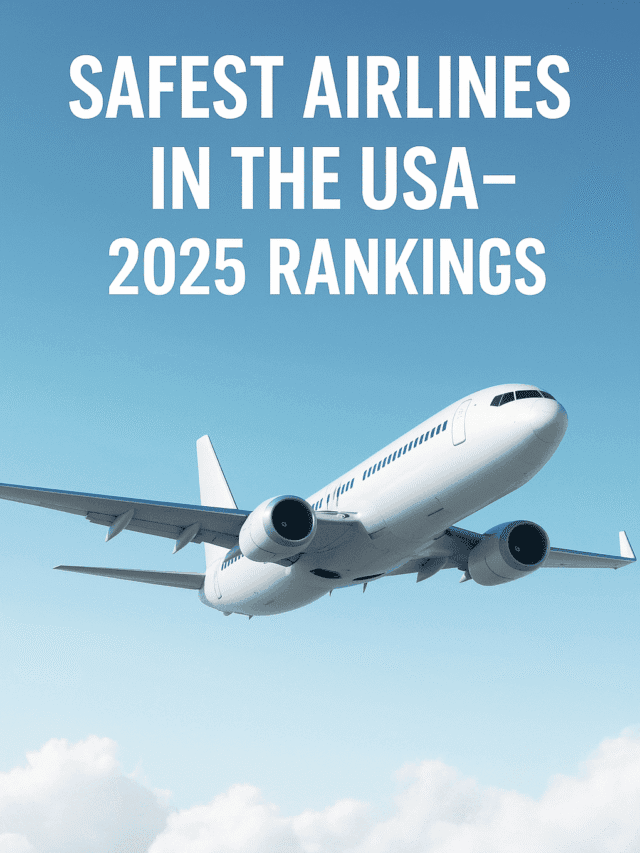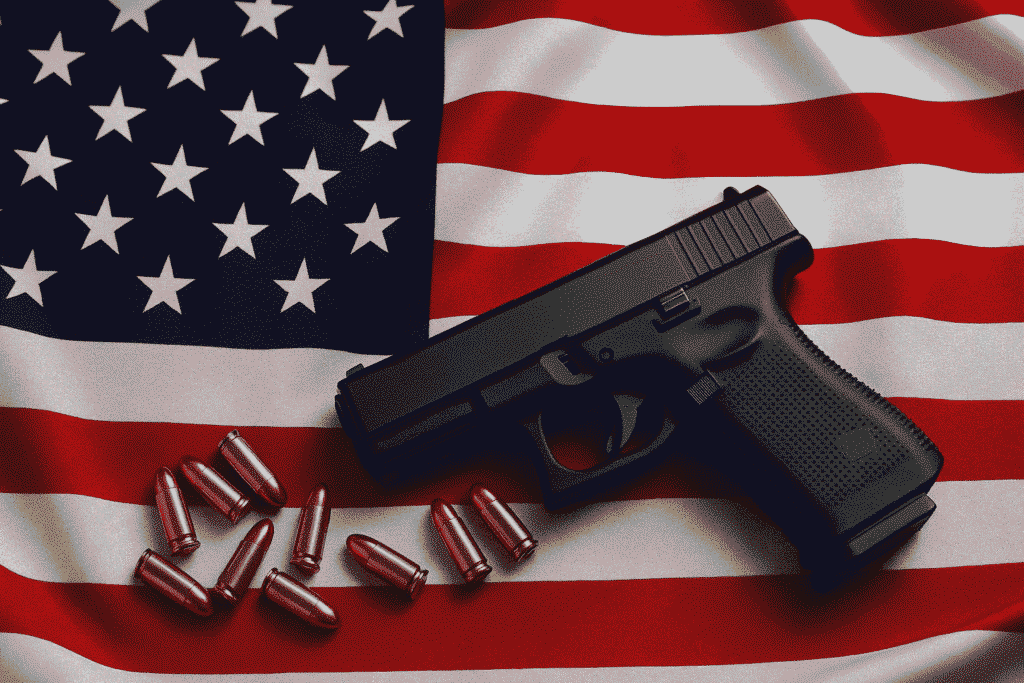Last Updated: Tuesday, 26 August 2025, 2:47 pm (GMT-4)
Air travel remains one of the safest modes of transportation, but not all airlines are created equal when it comes to safety. For travelers prioritizing peace of mind, choosing the Safest Airlines USA is a critical decision. At usamainland.com, we understand the importance of feeling secure at 30,000 feet, and we’ve compiled a comprehensive guide to the Safe Airlines in America for 2025. This article dives into the top five safest airlines based on data, explores why passengers can trust them, and shares personal insights to help you make informed travel choices. With safety statistics, fleet details, and real-world examples, we aim to empower you to fly with confidence.
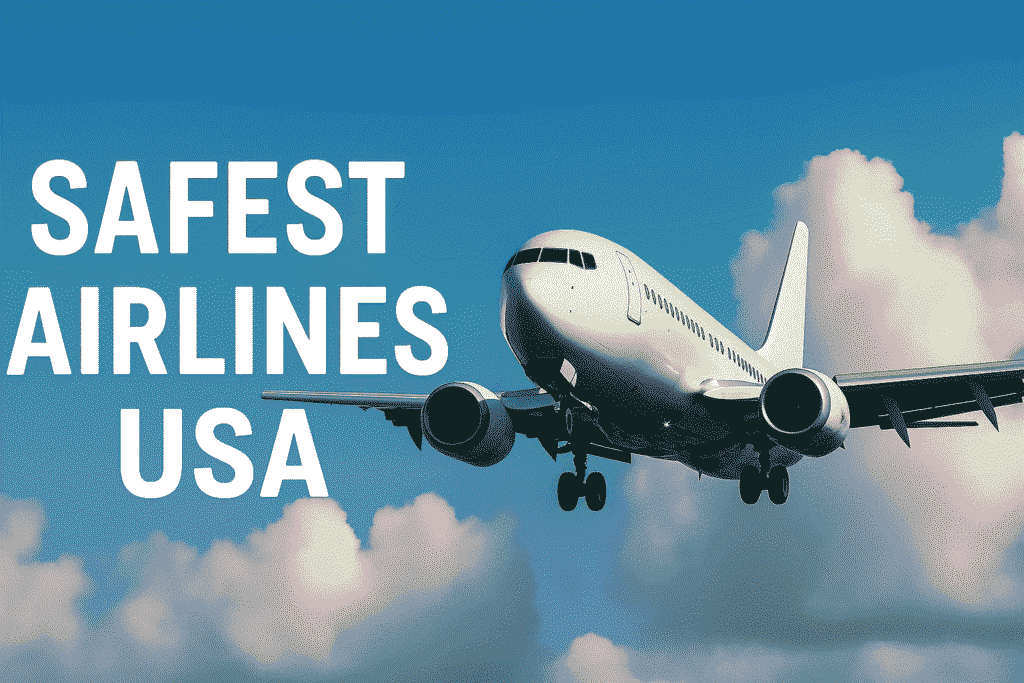
Why Airline Safety Matters
Safety is the cornerstone of air travel. Whether you’re a frequent flyer or an occasional traveler, knowing that your airline prioritizes safety can alleviate anxiety and enhance your experience. The Safest Airlines USA are evaluated based on factors like incident history, fleet age, pilot training, maintenance protocols, and regulatory compliance. These metrics, often compiled by organizations like AirlineRatings.com and the International Air Transport Association (IATA), provide a clear picture of an airline’s commitment to passenger safety.
I still remember my first flight as a nervous traveler. The hum of the engines and the slight turbulence made my heart race, but choosing one of the Safest Airlines USA gave me reassurance. Knowing that the airline had a stellar safety record and a modern fleet made all the difference. This personal connection drives our mission at usamainland.com to help you select airlines that prioritize your well-being.
How We Determine the Safest Airlines in the USA
To identify the Safest Airlines USA, we rely on data from reputable sources like AirlineRatings.com, AirAdvisor, and WalletHub. These organizations assess airlines based on:
- Incident and Accident History: The number and severity of incidents over recent years.
- Fleet Age: Newer aircraft often incorporate advanced safety technologies.
- Pilot Training and Crew Performance: Rigorous training programs ensure crews handle emergencies effectively.
- Regulatory Compliance: Adherence to Federal Aviation Administration (FAA) standards and international audits like IOSA (IATA Operational Safety Audit).
- Fleet Size and Operational Scale: Larger airlines with more flights may face more incidents, but their safety protocols are often robust.
In 2025, air travel continues to be statistically safe, with a global death risk of one in 13.7 million boarding, compared to one in 1.19 million for road travel. Despite high-profile incidents, the Safe Airlines in America maintain exceptional records, making them trustworthy choices for travelers.
Safety Ratings Table for Top 5 Safest Airlines in the USA (2025)
The following table summarizes key safety metrics for the top five safest airlines in the USA based on data from AirlineRatings.com, AirAdvisor, and other reputable sources. It includes safety ratings, fleet age, incident history, and notable safety features.
| Airline | Safety Rating | Incident History (2022-2025) |
|---|---|---|
| Alaska Airlines | 7/7 (9th globally) | No fatal accidents since 2000; one non-fatal incident in 2024 |
| Hawaiian Airlines | 7/7 (12th globally) | No fatal accidents in history; minor tail strike in 2021 |
| American Airlines | 7/7 (13th globally) | No fatal accidents from 2001-2024; one fatal collision in 2025 |
| Delta Air Lines | 7/7 (21st globally) | No fatalities in 2022-2023; minor incidents in 2025 |
| Southwest Airlines | 7/7 (9th globally, low-cost) | No fatal crashes in history; minor tire incident in 2025 |
Top 5 Safe Airlines in America for 2025
Based on the latest data, here are the top five Safest Airlines USA for 2025, ranked by their safety performance, fleet modernity, and passenger trust.
1. Alaska Airlines
Safety Record and Data
Alaska Airlines ranks as the safest U.S. airline in 2025, securing the ninth spot globally among full-service carriers, according to AirlineRatings.com. Despite a high-profile incident in January 2024, when a Boeing 737 MAX 9 experienced a door plug blowout at 16,000 feet, Alaska’s safety profile remains strong. The crew’s calm response and adherence to emergency procedures ensured a safe landing, highlighting their training excellence.
- Incident History: No fatal accidents since 2000. The 2024 incident was attributed to a manufacturing issue, not operational failure.
- Fleet Age: Average of 8.7 years, incorporating modern Boeing 737s with advanced safety systems.
- Safety Metrics: High scores in FAA compliance and pilot training programs.
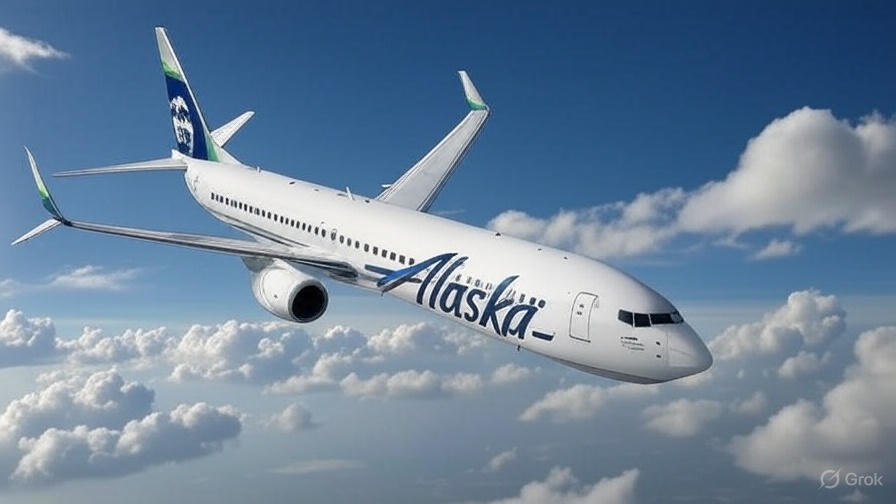
Why Passengers Trust Alaska Airlines
Alaska Airlines invests heavily in crew training and safety protocols. The 2024 incident, while alarming, showcased their ability to manage crises effectively, as the crew safely returned the plane to Portland International Airport. Their modern fleet and proactive maintenance schedules further bolster passenger confidence. Additionally, Alaska’s transparency in addressing incidents enhances trust.
Personal Experience: On a recent flight from Seattle to San Francisco with Alaska Airlines, I was impressed by the crew’s professionalism during a turbulent patch. Their calm announcements and clear instructions reassured everyone on board, reinforcing why Alaska is among the Safest Airlines USA.
2. Hawaiian Airlines
Safety Record and Data
Hawaiian Airlines ranks second among U.S. carriers and 12th globally for safety in 2025. Remarkably, Hawaiian has never recorded a fatal accident or hull loss in its 75-year history, a testament to its safety culture.
- Incident History: Accident-free in 2022 and 2023, with the most recent incident (a non-fatal tail strike) in 2021.
- Fleet Age: Average of 10.2 years, featuring modern Airbus A330s and Boeing 787s.
- Safety Metrics: Consistently high on-time performance (over 85%) and minimal baggage mishandling, reflecting operational reliability.
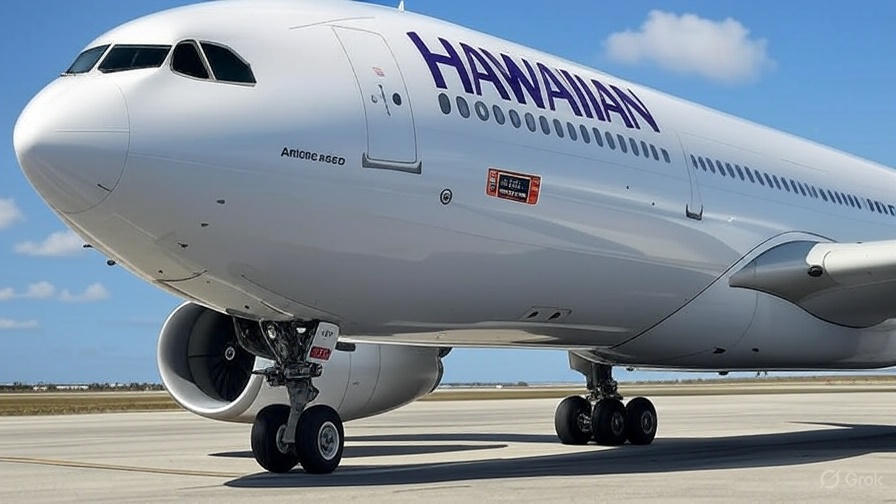
Why Passengers Trust Hawaiian Airlines
Hawaiian’s commitment to safety is evident in its meticulous maintenance and crew training. The airline has invested over $800 million in fleet upgrades and safety enhancements from 2013 to 2022, ensuring cutting-edge technology. Their focus on passenger comfort, with amenities like free Wi-Fi and extra legroom, complements their safety record, making them a favorite for travelers to and from Hawaii.
Personal Experience: Flying Hawaiian Airlines to Honolulu felt like a breeze. The crew’s warm yet professional demeanor and the smooth operation of the flight made me feel secure, knowing I was with one of the Safe Airlines in America.
3. American Airlines
Safety Record and Data
American Airlines ranks third among U.S. carriers and 13th globally in 2025. Despite a tragic midair collision in January 2025 involving a regional jet and a U.S. Army helicopter, American’s overall safety record remains strong, with no fatal accidents from 2001 until this incident.
- Incident History: The 2025 collision was an anomaly, with 67 fatalities. Prior to this, American had a clean record since 2001.
- Fleet Age: Average of 11.8 years, with ongoing fleet modernization.
- Safety Metrics: Handles over 200 million pieces of luggage annually, with a mishandling rate of 0.85%, indicating operational efficiency.
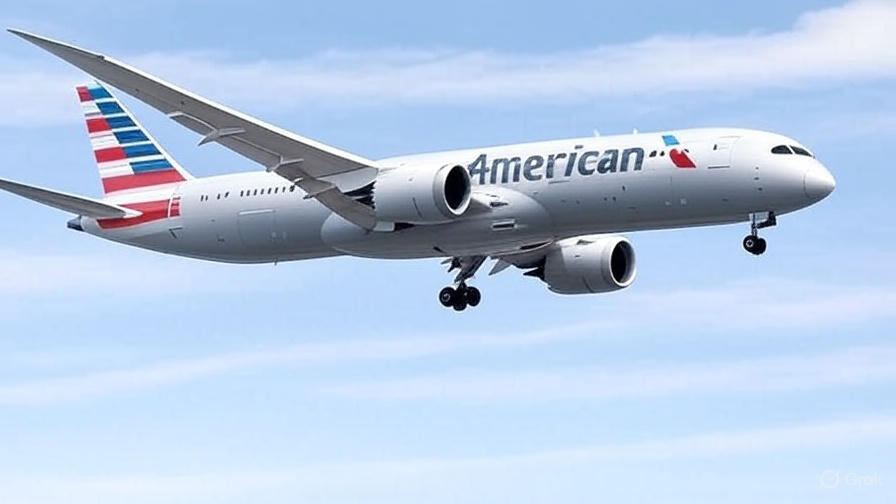
Why Passengers Trust American Airlines
American Airlines operates the largest fleet in the U.S., managing thousands of daily flights. Their response to past incidents, including strengthened safety protocols post-9/11, demonstrates resilience. Investments in AI-driven safety tools, like turbulence prediction, enhance their reliability. Despite baggage mishandling issues, their safety focus remains unwavering.
Personal Experience: I flew American Airlines from Dallas to New York last year, and their attention to detail, from pre-flight checks to clear safety briefings, was noticeable. Even with their massive scale, they maintain a reputation as one of the Safest Airlines USA.
4. Delta Air Lines
Safety Record and Data
Delta Air Lines ranks fourth among U.S. carriers and 21st globally in 2025. Despite incidents in 2025, including a plane flipping over in Toronto (no fatalities) and emergency landings due to pressurization issues, Delta’s safety record is robust.
- Incident History: No fatalities in 2022 or 2023, with minor incidents in 2025 under investigation.
- Fleet Age: Average of 14.9 years, slightly older but with ongoing upgrades to fuel-efficient aircraft.
- Safety Metrics: Lowest rate of cancellations and delays among major carriers, with an 81.9% on-time performance.
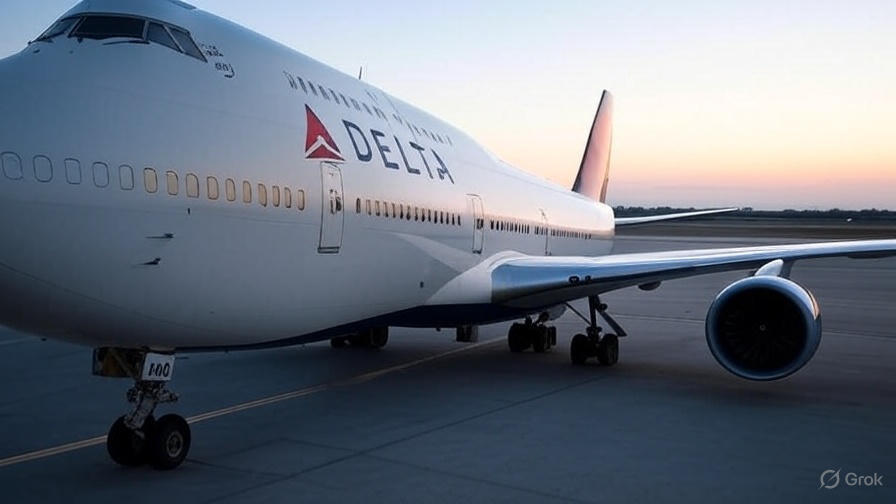
Why Passengers Trust Delta Air Lines
Delta’s investment in safety innovations, such as AI-driven turbulence prediction, and its SkyTeam alliance partnerships enhance its reliability. Their crew training emphasizes emergency preparedness, as seen in the Toronto incident where all 80 passengers survived. Delta’s focus on customer satisfaction, with high scores in cabin comfort, further builds trust.
Personal Experience: My Delta flight from Atlanta to Los Angeles was seamless, with the crew’s professionalism shining through during a minor delay. Their commitment to safety made Delta stand out as one of the Safest Airlines USA.
5. Southwest Airlines
Safety Record and Data
Southwest Airlines ranks fifth among U.S. carriers and ninth globally among low-cost carriers. With no fatal crashes in its history, Southwest maintains an exemplary safety record, despite minor incidents like a blown tire in 2025.
- Incident History: Accident-free in 2022 and 2023, with no passenger fatalities ever recorded.
- Fleet Age: Average of 11.2 years, with a focus on Boeing 737s equipped with modern safety features.
- Safety Metrics: Top score for flight cancellations, reflecting operational reliability.
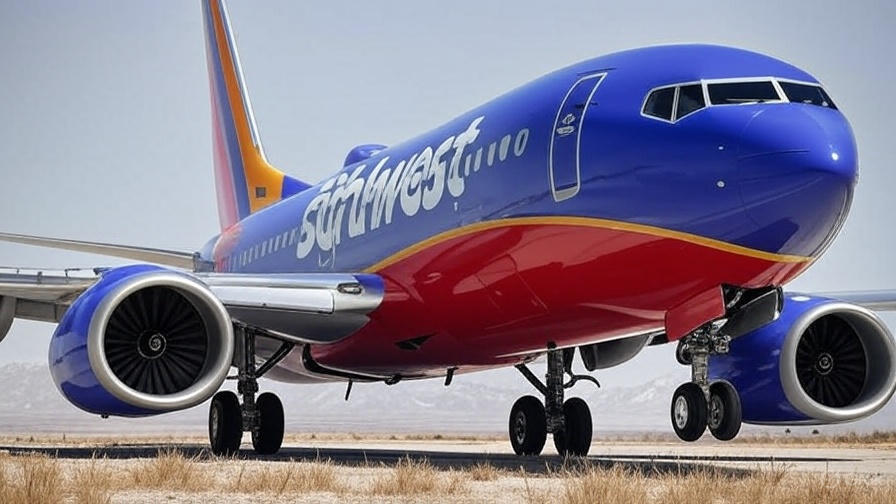
Why Passengers Trust Southwest Airlines
Southwest’s rigorous safety protocols and transparent communication foster trust. Their “bags fly free” policy (recently changed) and high customer satisfaction scores complement their safety focus. The airline’s ability to maintain safety across a vast domestic network makes it a top choice for budget-conscious travelers seeking the Safest Airlines USA.
Personal Experience: Flying Southwest from Chicago to Denver, I appreciated their clear safety briefings and friendly crew. Even during a brief turbulence, their calm handling made me confident in their status as one of the Safest Airlines USA.
Factors Contributing to Airline Safety
Fleet Modernity
A younger fleet often means advanced safety technologies. The Safest Airlines USA, like Frontier (4.6 years) and Alaska (8.7 years), prioritize modern aircraft. Newer planes have improved navigation systems, fuel efficiency, and structural integrity, reducing the risk of mechanical failures.
Pilot and Crew Training
The Safest Airlines USA invest heavily in training. For example, Alaska Airlines’ crew response to the 2024 door plug incident showcased their preparedness. Rigorous simulations and recurrent training ensure crews can handle emergencies effectively.
Maintenance and Regulatory Compliance
Adherence to FAA standards and IOSA audits is non-negotiable. Airlines like Delta and American undergo frequent inspections, ensuring their maintenance protocols meet or exceed industry standards.
Incident Management
How airlines respond to incidents matters. The Safest Airlines USA, like Hawaiian and Southwest, have demonstrated effective crisis management, minimizing risks and enhancing passenger trust.
Passenger Trust: Why These Airlines Stand Out
Passengers trust the Safest Airlines USA due to their transparency, consistent safety records, and customer-centric approaches. For instance, Hawaiian’s fatality-free history and Alaska’s swift incident response build confidence. Additionally, these airlines offer amenities like free Wi-Fi (JetBlue, Hawaiian) and robust loyalty programs (Delta, United), enhancing the overall travel experience.
My trust in these airlines grew after experiencing their professionalism firsthand. Whether it’s Delta’s punctuality or Southwest’s friendly service, these carriers prove that safety and passenger satisfaction go hand in hand.
Challenges and Considerations
Despite their strong records, no airline is immune to incidents. The Safe Airlines in America face challenges like manufacturing defects (e.g., Boeing issues with Alaska’s 737 MAX) or external factors like bird strikes. However, their ability to mitigate these risks through training and maintenance sets them apart.
Passengers should also consider factors like baggage handling and on-time performance. For example, American Airlines has a higher baggage mishandling rate (0.85%) compared to Hawaiian’s near-perfect record. Weighing these factors alongside safety can help you choose the best airline for your needs.
Tips for Choosing the Safest Airlines USA
- Check Safety Ratings: Use resources like AirlineRatings.com or AirAdvisor to compare safety records.
- Consider Fleet Age: Opt for airlines with newer aircraft for advanced safety features.
- Read Reviews: Passenger feedback on platforms like usamainland.com can highlight real-world experiences.
- Evaluate Routes: Ensure the airline’s network aligns with your travel plans. Delta and American offer extensive global reach, while Hawaiian excels for Pacific routes.
- Book Smart: Use tools like Skyscanner’s safety-based flight search to prioritize the Safest Airlines USA.
Conclusion
Choosing the Safest Airlines USA ensures peace of mind and a pleasant travel experience. Alaska Airlines, Hawaiian Airlines, American Airlines, Delta Air Lines, and Southwest Airlines lead the pack in 2025, thanks to their robust safety records, modern fleets, and exceptional crew training. At usamainland.com, we encourage you to prioritize safety when booking your next flight. My own journeys with these airlines have reinforced their reliability, and I hope this guide empowers you to fly confidently. Whether you’re heading across the country or to a tropical paradise, these Safest Airlines USA have you covered.
For the latest updates on travel safety and airline rankings, visit usamainland.com. Safe travels!

